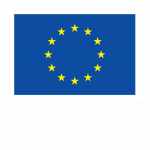

Nordic State of AI Report Reveals Growing Maturity in AI Adoption Across Nordic Companies
As Nordic enterprises shift from viewing AI as merely an efficiency tool to a strategic driver of innovation, a new report uncovers a widening gap between AI leaders and laggards. While insufficient investment has replaced talent scarcity as the primary scaling challenge, companies placing AI at their strategic core are reaping measurable competitive advantages and new revenue streams.

Martti Asikainen, 14.3.2025

A comprehensive new report on artificial intelligence adoption in the Nordic region shows that companies are increasingly placing AI at the core of their business strategies, with clearer frameworks for measuring success and a growing focus on AI-driven competitive advantages.
The fourth edition of “The Nordic State of AI” report, published by AMD Silo AI and AI Finland, surveyed over 120 companies and 17 public sector organizations across the Nordic countries to assess the current state of AI implementation, investments, and challenges.
Key Findings
- Approximately 60% of surveyed companies report being satisfied or very satisfied with their AI results
- A significant increase in companies with frameworks to assess AI success – from 25% last year to over 40% this year
- Insufficient investment has replaced lack of talent as the primary challenge for scaling AI
- Companies most successful with AI tend to use it as part of their core products and focus on gaining competitive advantages rather than just improving efficiency
“AI continues to be the great technology wave of this century. It will create many new innovations and businesses, but also be the downfall of those who find themselves out of touch with the future,” notes Niko Vuokko, Senior Director at AMD Silo AI in the report’s introduction.
Strategic Differences Emerging
The report highlights a growing gap between early adopters and laggards in AI implementation. Companies reporting the highest satisfaction with AI results share several characteristics:
- They have established frameworks for assessing AI success
- They position AI as a central element of their strategy
- They focus on using AI to strengthen competitive advantages and create new revenue streams
- They invest more in talent, data quality, compute capacity, and regulatory compliance
- They are more likely to participate in ecosystem collaborations
In contrast, public sector organizations lag behind in implementing assessment frameworks, with only 24% having such structures in place compared to 41% in the private sector.
Investment and Technology Trends
While AI adoption is increasing across all technologies surveyed, Natural Language Processing (NLP) and Generative AI lead the way, particularly for personal productivity and as part of companies’ products.
Other technologies like optimization engines, deep learning, and computer vision are more commonly deployed in technology R&D, production, and manufacturing processes.
Despite the enthusiasm, investment levels remain a concern. Over 50% of surveyed companies plan to invest less than €500,000 in AI over the next 12 months, an amount the report suggests is insufficient for maintaining global competitiveness.
The report also notes shifting investment priorities, with training and competence development now taking precedence over recruiting new talent, reflecting both the scarcity of available AI specialists and a growing recognition of the need for organization-wide AI literacy.
Nordic Collaboration Key to Future Success
The report emphasizes the importance of cross-border collaboration, noting that the Nordic countries have a long history of working together across fields. With over 60% of surveyed companies participating in some form of ecosystem collaboration, this cooperative spirit could help the Nordic region compete more effectively in the global AI race.
“The Nordic region needs to attract talent from outside the region. To do this, companies must have ambitious AI strategies and offer rewarding and challenging projects for talent to engage with,” the report concludes.
The findings suggest that while AI adoption is maturing across the Nordic region, bridging the gap between leaders and laggards will require increased investment, greater strategic emphasis on AI, and continued ecosystem-wide collaboration.
You can read the whole report at https://aifinland.fi/nordic-state-of-ai/.


Finnish AI Region
2022-2025.
Media contacts